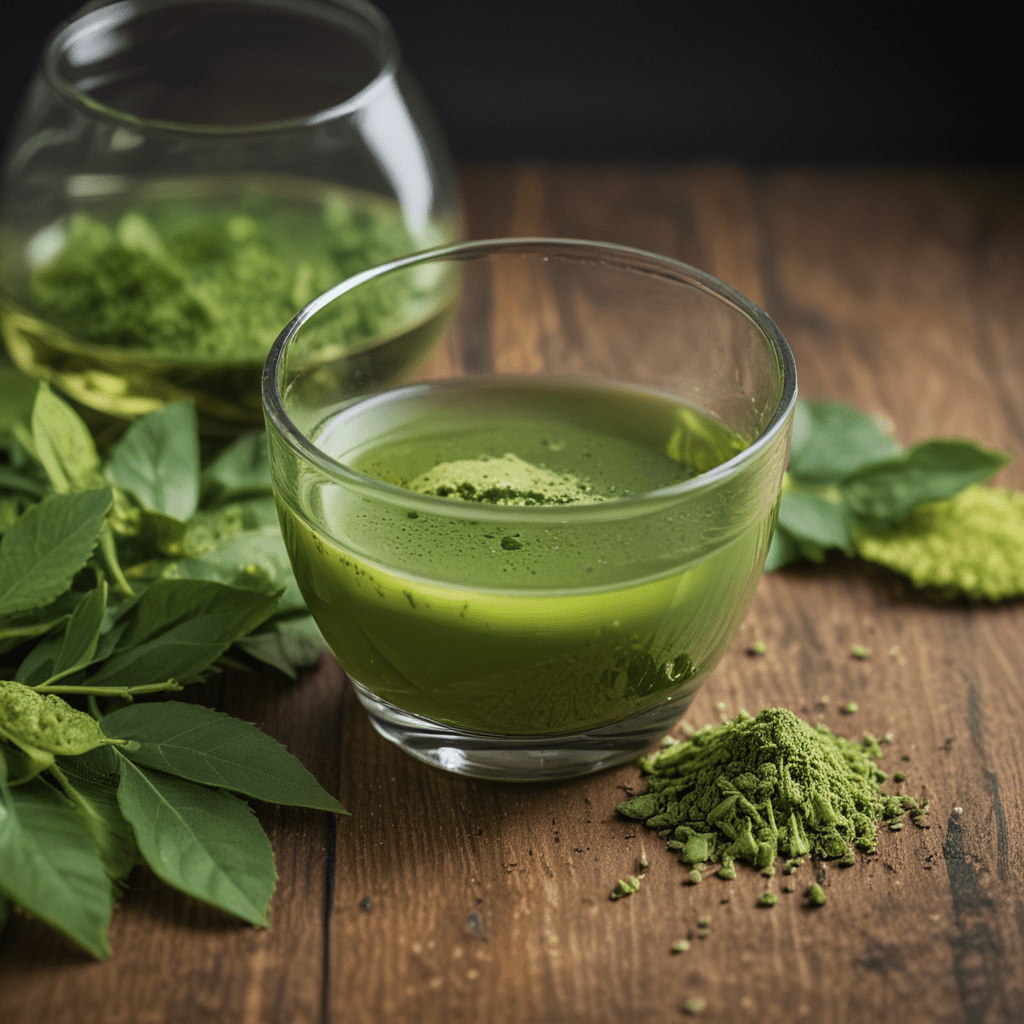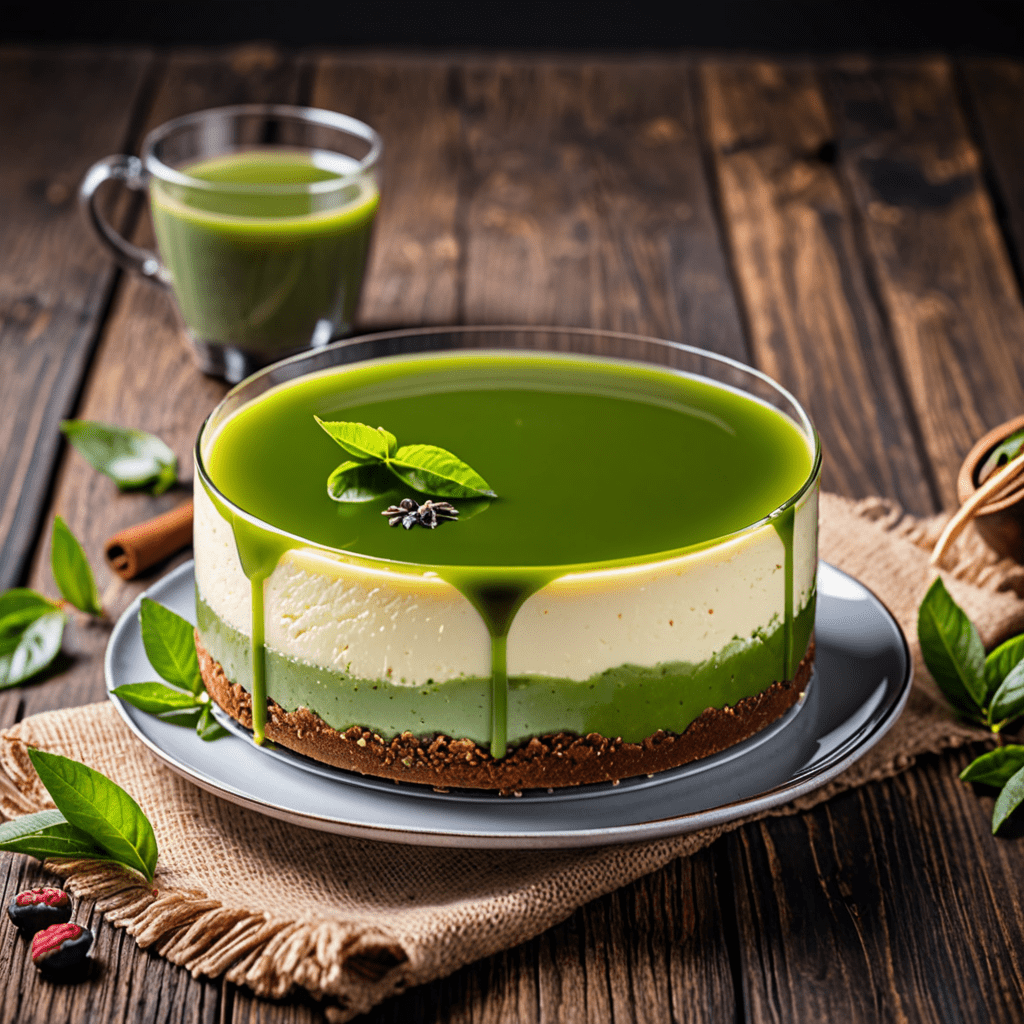
Matcha and the Power of Catechins
Matcha, the vibrant green tea powder crafted from finely ground tea leaves, has gained immense popularity for its potent health benefits. Among its remarkable properties, matcha stands out for its exceptional ability to safeguard and enhance eye health. This remarkable benefit stems from the abundance of catechins in matcha, particularly epigallocatechin gallate (EGCG).
Catechins, a group of polyphenols, act as powerful antioxidants, combating the damaging effects of free radicals, unstable molecules that can inflict harm upon cells and tissues. The high concentration of EGCG in matcha makes it a formidable antioxidant that effectively neutralizes free radicals, protecting against oxidative stress, a major contributing factor to age-related eye diseases.
Eye Protection Properties of Matcha
The antioxidant prowess of matcha translates into tangible benefits for eye health. Matcha's catechins combat oxidative damage to the delicate structures of the eye, including the cornea, lens, and retina. This protection shields the eyes from the harmful effects of environmental stressors, such as UV radiation and air pollution, which can lead to cataracts, macular degeneration, and other age-related eye conditions.
Matcha's Role in Preventing Cataracts
Cataracts, a leading cause of vision impairment worldwide, are characterized by the clouding of the eye's natural lens. Oxidative damage plays a significant role in the development of cataracts. The potent antioxidants in matcha, particularly EGCG, combat this oxidative damage, slowing down the progression of cataract formation and preserving clear vision.
Matcha and Retinal Health
The retina, a thin layer of tissue lining the back of the eye, is responsible for converting light into electrical signals that are then transmitted to the brain. Matcha's catechins protect the retina from oxidative damage caused by exposure to high-energy blue light, a component of sunlight and emitted from digital devices. Regular consumption of matcha may help preserve retinal integrity, reducing the risk of age-related macular degeneration (AMD), the leading cause of blindness in older adults.
Matcha Consumption and Macular Degeneration
Macular degeneration, characterized by the deterioration of the macula (the central part of the retina responsible for sharp central vision), is a leading cause of vision loss in the elderly. The antioxidant properties of matcha may help protect the macula from oxidative damage. Regular consumption of matcha has been shown to reduce the risk of developing AMD by strengthening the macula's defenses against environmental stressors.
The Role of L-Theanine in Eye Protection
In addition to its catechin content, matcha is also rich in L-theanine, an amino acid with unique properties. L-theanine has been shown to improve cognitive function and reduce stress levels. It is believed that L-theanine may also contribute to eye protection by regulating the production of nitric oxide, a molecule that plays a role in retinal blood flow.
Matcha's Contribution to Glaucoma Prevention
Glaucoma, a condition characterized by damage to the optic nerve, is the leading cause of irreversible blindness worldwide. Oxidative stress and reduced blood flow to the optic nerve are major contributing factors to glaucoma. The antioxidants in matcha, coupled with the nitric oxide-regulating properties of L-theanine, may help protect against glaucoma by reducing oxidative damage and improving blood flow to the optic nerve.
Matcha for Improved Night Vision
Retinal pigments play a vital role in night vision. Vitamin A is an essential nutrient for the synthesis of these pigments, and matcha is a rich source of vitamin A. Consuming matcha may help improve night vision by ensuring adequate levels of vitamin A, particularly in individuals with vitamin A deficiency.
How to Incorporate Matcha into Your Diet for Eye Health
Incorporating matcha into your diet is a simple and effective way to reap its eye-protective benefits. Matcha can be enjoyed in various forms, including:
- Matcha Tea: Brew a cup of matcha tea by adding a half to one teaspoon of matcha powder to a bowl of hot water (175-185°F). Whisk vigorously until foamy.
- Matcha Smoothies: Add a scoop of matcha powder to your favorite smoothie recipe for a nutritious and refreshing boost.
- Matcha Baked Goods: Matcha powder can be added to baked goods, such as cookies, muffins, and cakes, for a vibrant green hue and a boost of antioxidants.
FAQ
Q: How much matcha should I consume daily for eye health?
A: While there is no recommended daily intake for matcha, consuming one to two cups of matcha tea or incorporating it into your diet through other forms can provide significant eye-protective benefits.
Q: Is it safe to consume matcha daily?
A: Generally, consuming moderate amounts of matcha daily is considered safe. However, as with any dietary supplement, it is recommended to consult with a healthcare professional before incorporating large amounts into your diet.
Q: Can children consume matcha?
A: While matcha is generally safe for children, it is important to note that it contains caffeine. Consult a healthcare professional before offering matcha to children to ensure appropriate dosage and potential interactions with other foods or medications.

